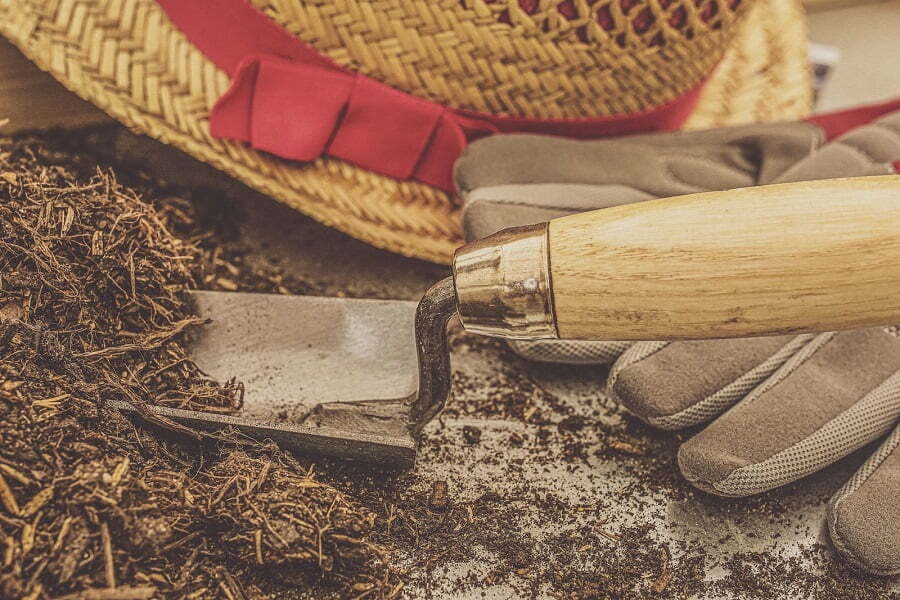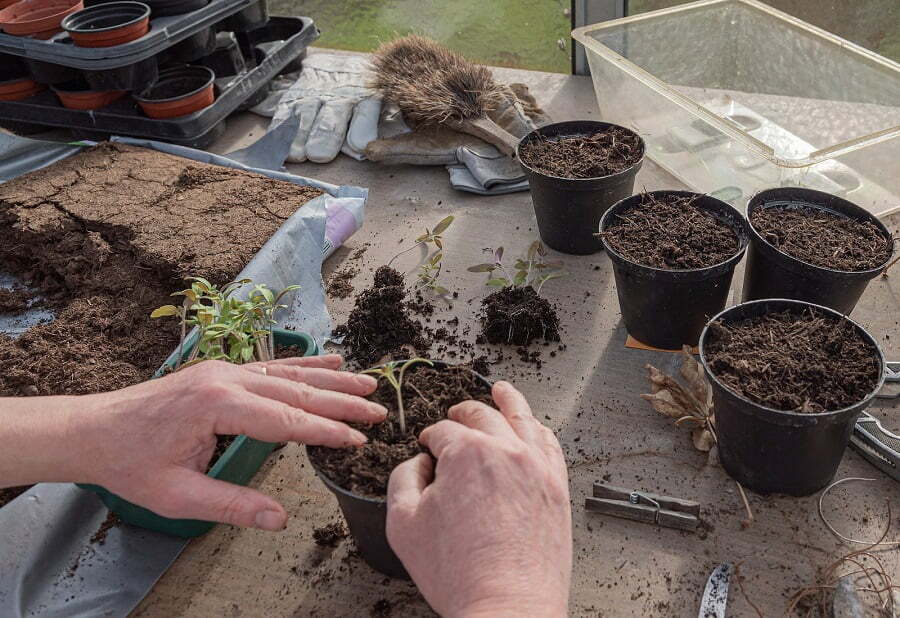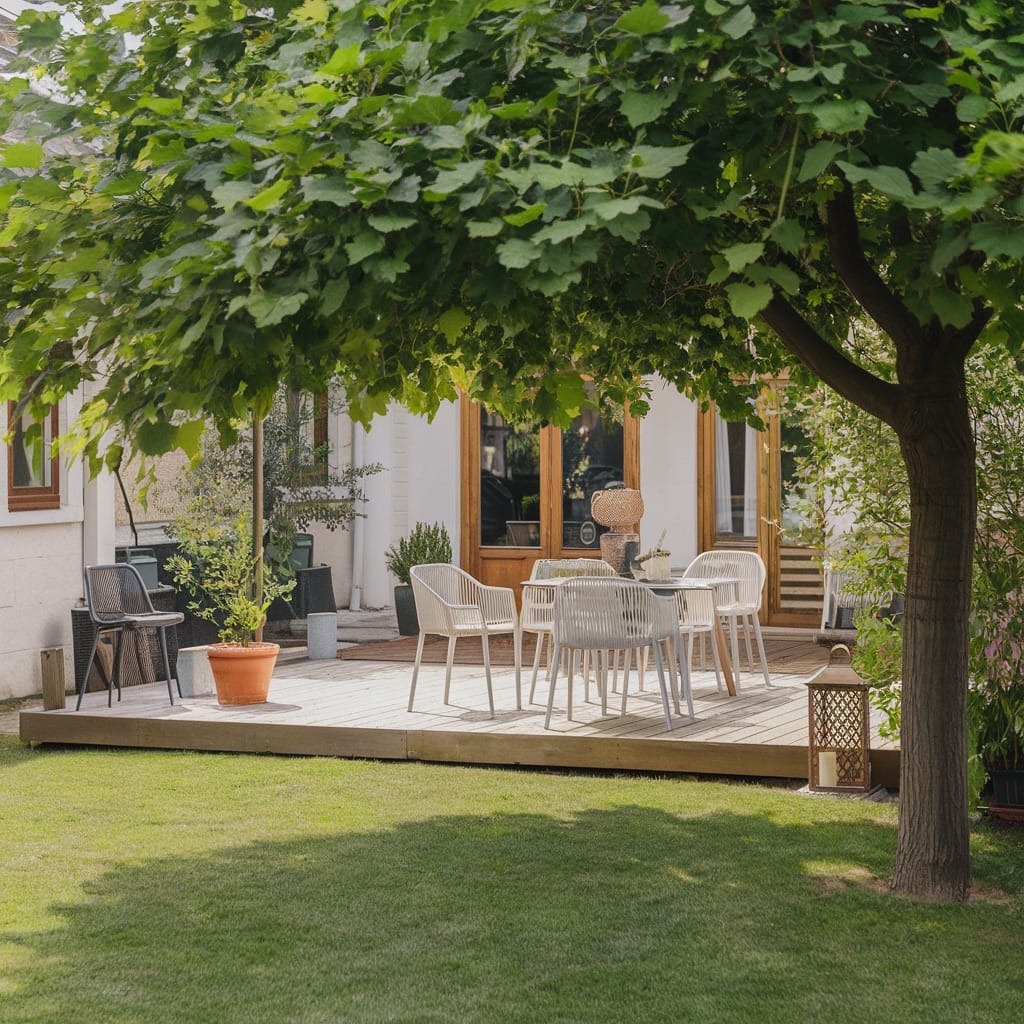Last updated on
So, you want to grow your plants but can’t find the time or space for a garden? You’ve come to the right place. Potting soil is a mixture of different ingredients.
This DIY guide will teach you how to make your potting soil at home with ingredients already in your kitchen. All of these steps are easy, and you can easily manage them.
Let’s get to the details.
Gather All the Necessary Ingredients

You’ll need equal parts of peat moss, perlite, and vermiculite. The first two ingredients are soil additives which improve drainage and aeration. As highlighted by the gardening gurus at Urban Organic Yield, you can find these two at a local gardening store or online retailers specializing in mixed potting soil for plants. You won’t have to break the bank as they both come cheap.
Ensure that your potting soil mixture has a uniform texture. You can achieve this by mixing all the ingredients in a large container and stirring them until they are well combined. Now, if you’re not a fan of scouring the internet for potting soil, use all three ingredients. Lastly, make sure you don’t mix in other soil-like garden dirt.
Mixing the Ingredients
Now that you have your materials together, it’s time to start mixing them up! You’ll want to mix everything in a large container or even a wheelbarrow so things don’t get messy and you get to work efficiently. You can use a mixer but make sure you don’t go overboard. This can be a messy step, so avoid using your bathroom sink or kitchen countertop if possible.
If you’re using the three-to-one ratio, mix all of your ingredients in a large container or wheelbarrow until they are uniform and well combined. Now is the time to do it if you want to add any other additives like composted manure, lawn clippings, mulch, etc. Ensure that you don’t overdo things, though.
Water the Ingredients
Now that you have a mixture of ingredients ready to go, it’s time to add water and get everything wet. You’ll want your potting soil mixture damp but not too wet – think of the consistency as being similar to cake batter or pancake mix. If you can make a ball with consistency with your hands, it’s just right. If you can’t make a ball or things are still too dry, add more water.
Make sure that the potting soil is evenly damp throughout before using it to plant seedlings in containers. You don’t want to let them sit there without watering again because they’ll quickly dry out and die. If possible, use a sprayer or watering can to ensure that you get everything evenly wet. When the mixture is damp but not too moist and well combined, it’s time to use it. But then, you might need to add some sand.
Add Some Sand to Help Aerate the Soil
You’ll want to add some sand if your potting soil mixture is very clay-like. The addition of this ingredient will help air pockets form within the container, which means that plants can grow big and strong. Do not use beach or fish tank sand because it’s too fine for what you need – instead, opt for play or sandbox sand (or a mixture of both) which is coarser. You can even use crushed granite instead of sand if you want, but make sure that it’s not too coarse.
Once the potting soil mix has been well combined and uniformly damp, add one cupful (and no more!) of your chosen ingredient per five-gallon bucketful of the mix. Remember, if you’re using sand alone instead of a mixture of it with play/sandbox or crushed granite, then use two cups per five-gallon bucketful.
Pack the Potting Soil into Containers

Now you’re ready to plant your seedlings! Fill your desired container with the potting soil until it’s about half full. Take a pencil or other long, thin cylindrical object and make a hole in the center of the soil deep enough for your seeds to be planted. Keep the soil moist and let your seeds germinate, then watch them grow.
Mostly, the packing will depend on the size of your container. You’ll want to pack a five-gallon bucketful into a large planter, for example, and half that amount into a smaller one. Once you have finished packing, water the container thoroughly.
Because you’re using readily available ingredients, the DIY potting soil option is relatively cost-effective. It’s also easy to implement because you can find all your materials at a local gardening store or online retailers. This project should take you less than an hour to complete, so if you’re looking for a quick DIY project that will save money and have your plants flourishing in no time, this is it.
Recap:



